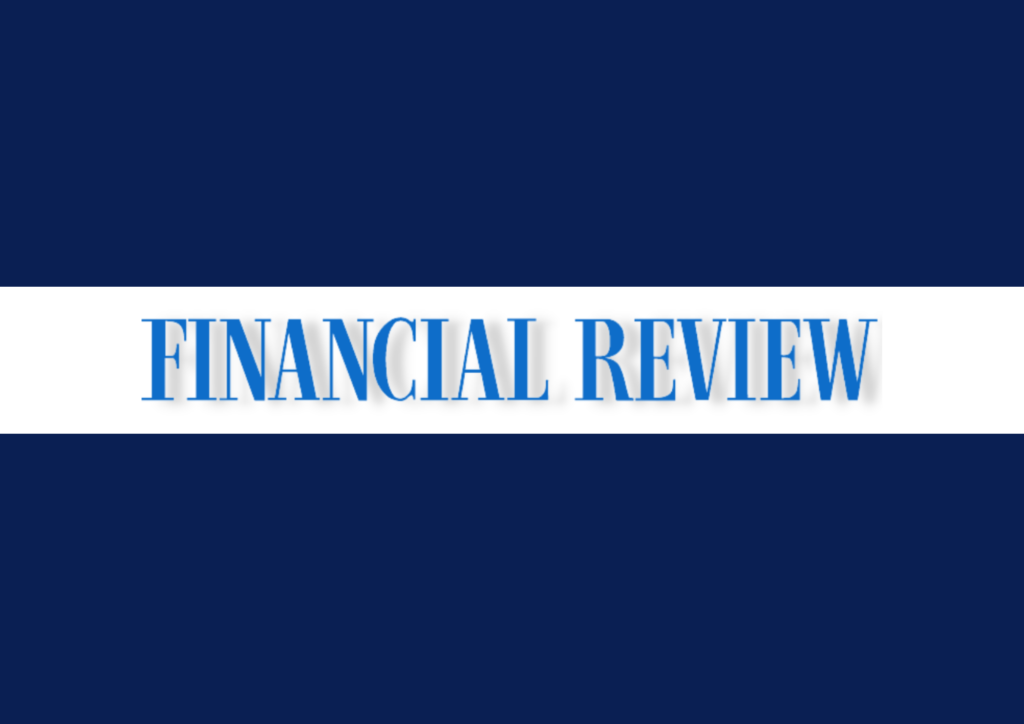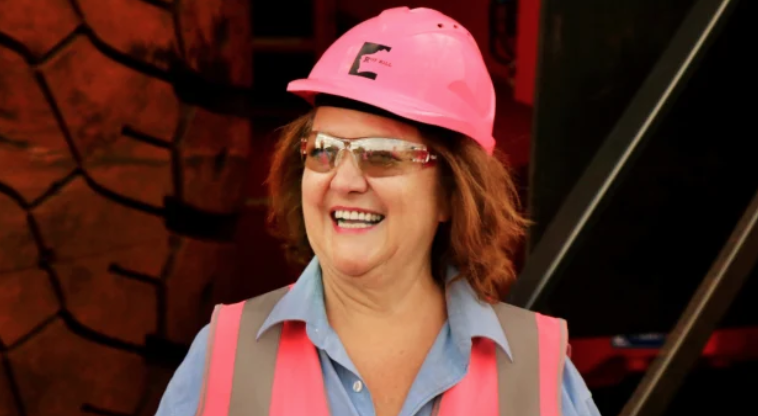
Article by Brad Thompson courtesy of the Australian Financial Review.

Gina Rinehart’s Hancock Prospecting says its plans to boost iron ore production are under threat from Albanese government policies.
Hancock is eyeing multibillion-dollar investments in the downstream processing required to turn magnetite mined in Western Australia into a high iron content product that reduces emissions from overseas steel mills, but sees the safeguard mechanism – the Albanese government’s flagship emissions reduction policy for heavy industry – as a major barrier.
Australia’s most successful private company – which made the AFR Fast Global list with almost 18 per cent revenue growth over the past three years – has a pipeline of magnetite and other projects aimed at boosting the iron ore exports.
Hancock executive director Tad Watroba says the world will need more iron ore than ever before to hit global targets in renewable energy, but government policies were a barrier to boosting production.
“Iron ore is critical to the modern world, and by all assessments global demand for iron ore and steel is only going to increase in the coming decades,” he says.
“With governments’ stated policies of ramping up massively the rollout of wind farms, solar panels and new transmission lines, the world is going to need to significantly increase steel production, and hence iron ore production.
“Market partners are keen to see Australia develop high-energy consuming magnetite deposits, whereas given Australia’s net zero policies, it is likely to become more and more difficult to undertake the further processing in Australia that lower grade magnetite deposits require.
“It is critical for our trading partners that our governments allow for magnetite projects to be developed, without burdening them with additional regulation and expense.”
According to the International Energy Agency, to meet the Paris climate goals the world’s installed wind power capacity must reach over 6000 gigawatts.
Rio Tinto, Hancock’s partner in some WA iron ore mines, has spelt out that one wind turbine of three megawatts requires 300 tonnes of steel, five tonnes of copper, three tonnes of aluminium and two tonnes of rare earths.
Hancock’s Roy Hill mine currently exports 60 million tonnes of iron ore a year, its Atlas Iron operations 10 million tonnes plus Hancock accounts for about 25 million tonnes from the Hope Downs mines run by Rio.Watroba said strong partners and a strategy of paying down debt as quickly as possible had been central to the success of Roy Hill, the jewel in the Hancock crown.
The mine’s backers paid down a $US7.2 billion debt ($10.96 billion) and declared a maiden dividend of $475 million in 2020, just five years after Roy Hill made its first shipment out of Port Hedland.
Roy Hill delivered net profit after tax of $3.2 billion in 2021-22 and shipped most of its iron ore to Japan, South Korea and Taiwan under longstanding arrangements with the investment partners behind the mine.
Watroba said those partners – Japan’s Marubeni, South Korea’s POSCO and China Steel Corporation of Taiwan – were critical to the success of Roy Hill, and their backing showed the value of investment-friendly government policy.
“There were points at which it appeared that the Roy project might not be able to proceed, despite the risk money and effort we had poured in. We’re incredibly grateful to our partners,” he says.
“It is critical that Australian governments create an environment attractive to investment so that we can maintain our living standards.
Advertisement
“This requires certainty and as few government burdens as possible. Roy Hill alone has so far contributed $3 billion in royalties to the WA government, $300 million in payments to local indigenous groups, $5.3 billion in company tax, $200 million in payroll tax, $1.1 billion in employees’ tax, plus many millions more via GST, capital gains tax, licence fees, stamp duty and so on.”
On the agriculture front, Hancock welcomed the new trade deal with the UK and greater access to other markets for its beef and dairy exports.
Australian Outback Beef, the entity which owns S. Kidman & Co, reported revenue of $84 million and a jump in NPAT to $42 million.
Hancock now has the biggest wagyu herd in Australia after a reshaping of its agriculture portfolio and Mrs Rinehart’s philosophy that “happy, healthy cattle are the best cattle”.
Watroba said significant time, money and resources had been invested in the 2GR brand, expanding the herd and the overall agriculture business.
“There’s no doubt that 2GR has established itself as one of the most sought after, premium Australian Wagyu brands. We’re further expanding our herd while maintaining very good genetics and conditions, and we’re excited by the opportunities to export our products and showcase very high-quality Australian agricultural produce overseas,” he says.
“The same applies to our Bannister Downs Dairy, which Hancock invested in back in 2014, and which we’re now exporting to our neighbours and allies in Asia.”















